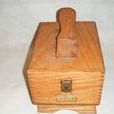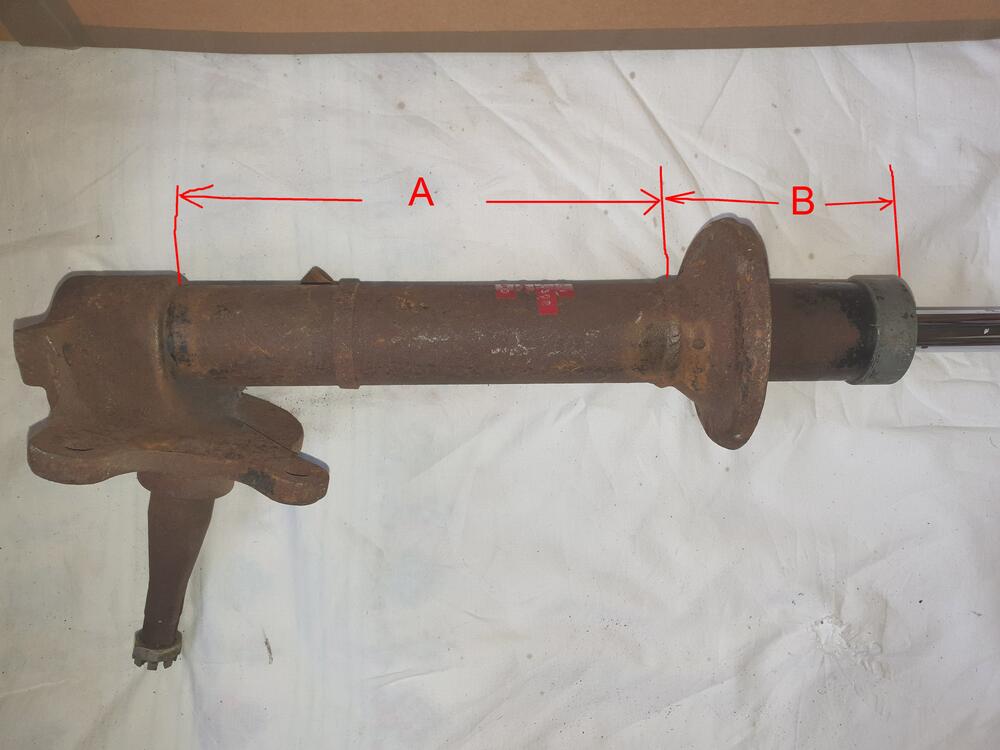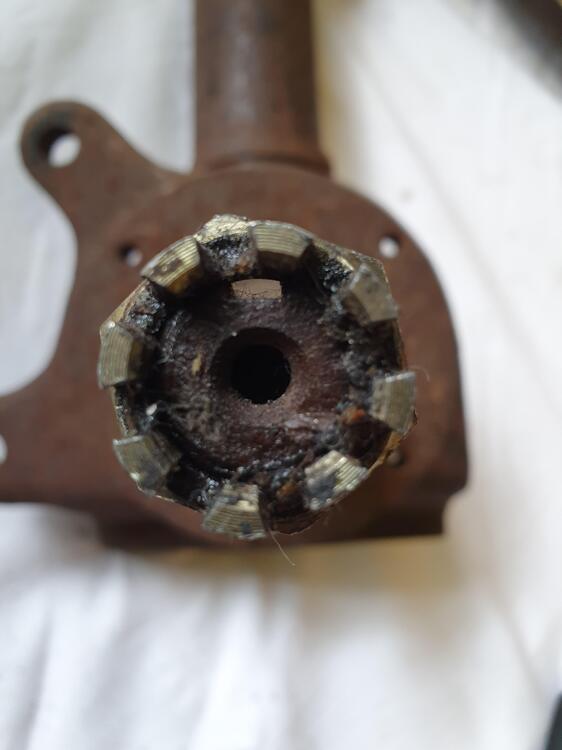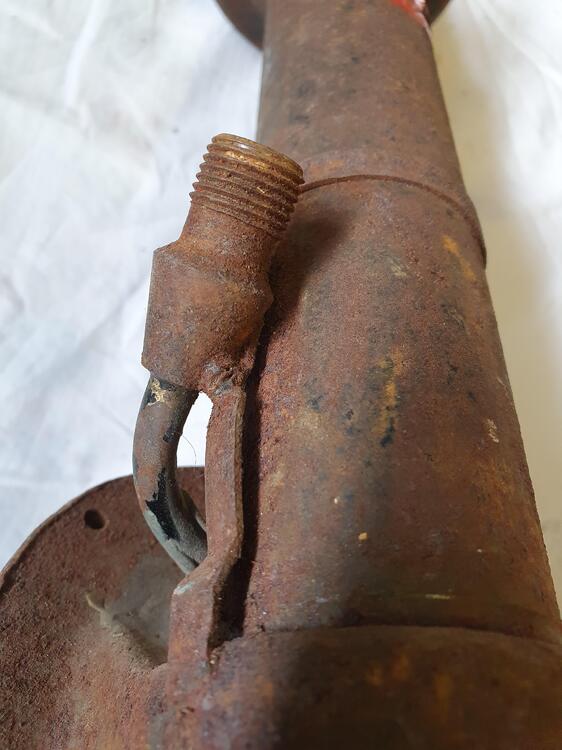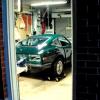Reading through this thread, and I see lots of good information, but I also see some that isn’t so good.
When new Datsun required 95 octane fuel. I use the highest octane fuel available when filling my street driven Zs, and use with 100LL avgas or 110 racing fuel in my race engines. The engine in stock form has 9.0/1 compression, so low octane regular pump gas isn’t suitable.
As mentioned, if these cars are sitting for extended periods without being run, a fuel stabilizer is a great idea. Octane boosters do nothing to stabilize the fuel during extended storage. Note that even stored in a sealed container the fuel can degrade over time, as the additives separate as vapor, and are lost when the container is opened, and no, shaking before opening won’t recombine them with the fuel, you need a refinery to do that.
Regarding setting fuel mixtures, having access to a 4 gas automotive exhaust gas analyzer makes the process a cinch. Not having one doesn’t mean that it can’t be done, it just removes any uncertainty regarding the correct mixture settings. Setting the mixture without one goes like this: turn the mixture lean until the engine begins to stumble, then turn the collar towards rich until the stumble goes away. If the engine is running too rich, then lean it out very slightly.
Tuning SU carburetors isn’t as difficult as some people make it out to be. The SU is an amazingly simple carb.
I found the following on Classic Motorsports, a web page centered on British cars, and feel it is relevant here:
[quote]Assuming that the carburetors are in good condition and have properly sized needles in them, the tuning procedure is not as complex as most people think.
However, before the carbs are touched, ignition dwell and timing must first be correct. It's a good idea to ensure valve clearances are correct as well. A quick check for vacuum leaks is next, and only once this is done is it time to move on to the carburetors.
Next, if there are two or more carburetors, they need to be synchronized. This can be done with either a dedicated synchronization tool or a short length of hose.
With the engine running at idle--usually 600 to 1000 rpm--the synchronization tool is placed over the inlet of each carburetor to get a reading on its gauge. The idle screw is adjusted on each carburetor until each one gives the same reading on the synchronization tool.
The low-buck method is to substitute a 12- to 18-inch length of 1/4-inch or 5/16-inch hose for the tool. Hold one end of the hose up to the air inlet of each carb and the other end to your ear. When each carb emits the same noise through the hose, they are synchronized at idle. (Note that revving the engine slightly and periodically throughout the adjustment process helps to "clear out" the carbs.)
After the carbs are synchronized at idle, the throttle linkages can then be adjusted to ensure they remain synchronized throughout the rpm range. With just a little free play in the linkage, each throttle arm should start moving at the same time when the accelerator pedal is depressed. If not, the locking nuts can be loosened to adjust the linkage.
The idle mixture is set next. The conventional method, which is published in most manuals, works very well. First, each piston is lifted slightly, about 1/16-inch (usually a small screwdriver is helpful for this step). If the engine speed falls off, the mixture is too lean and the jet is lowered via its adjustment nut or screw. If the rpm rise, the mixture is too rich and the jet is raised. If raising the carb's piston causes the engine speed to rise by about 50 rpm before returning to its previous level, the mixture is just right.
An alternate method is to use a vacuum gauge and adjust the mixture in each carb to get the highest vacuum at idle that is possible. At this point, the idle speed can be verified to be correct and the tuning is nearly done.
All that is left is the "choke" adjustment. As discussed before, SUs don't really have chokes, as they richen the mixture instead to allow smooth engine starting. This is usually accomplished through a linkage and cam that lowers the jets and raises the idle speed. The linkage and cam only affect idle speed in the first two-thirds of the distance of choke cable travel; it increases the air/fuel mixture as well as the idle speed during the final third of travel.
The two steps to adjustment are to ensure that multiple carb setups have proper linkage balance between carbs, then to set the high-speed idle screws that touch the cams. High speed idle is usually around 1800 rpm.[/quote]
Note the second paragraph which mentions the state of the ignition tune. Very important.
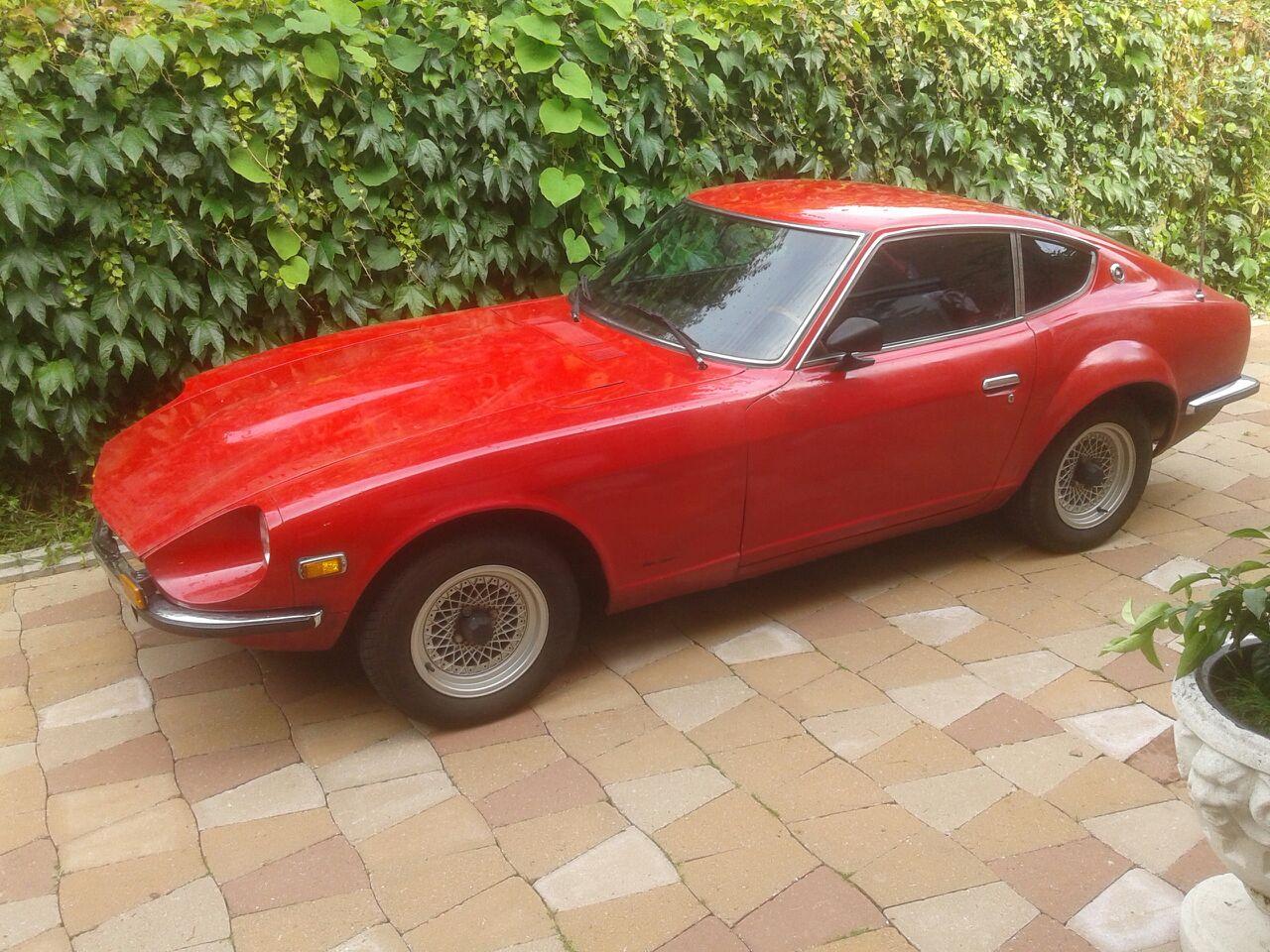
 Subscriber
Subscriber 1Points3,770Posts
1Points3,770Posts Subscriber
Subscriber 1Points11,142Posts
1Points11,142Posts








